IPv6 Addressing Part 76
IPv6 Addressing
IPv6 (Internet Protocol version 6) is the most recent version of the Internet Protocol, designed to replace IPv4. IPv6 addresses are 128 bits long and are represented in hexadecimal format separated by colons (:).
Here's an example of an IPv6 address: 2001:0db8:85a3:0000:0000:8a2e:0370:7334
IPv6 addresses are significantly larger than IPv4 addresses, which are 32 bits long. The expanded address space in IPv6 allows for a virtually unlimited number of unique addresses, which helps overcome the address exhaustion issues faced by IPv4.
IPv6 addresses are divided into different sections for routing and addressing purposes. The address format includes a network prefix and an interface identifier. The network prefix identifies the network to which the address belongs, and the interface identifier identifies a specific interface or device on that network.
IPv6 also introduces several new features and improvements over IPv4, such as enhanced security, simplified network configuration through stateless address autoconfiguration (SLAAC), and improved support for multicast traffic.
To facilitate the transition from IPv4 to IPv6, various transition mechanisms have been developed, such as dual-stack, tunneling, and translation techniques. These mechanisms allow IPv6-enabled devices to communicate with IPv4-only devices and networks.
Overall, IPv6 addressing provides a larger address space, improved functionality, and better support for future Internet growth compared to IPv4.
Keyword
ipv6 addressing
ipv6
ipv6 explained
ipv6 subnetting
ipv4 vs ipv6
ipv6 addressing plan
ipv6 addressing example
ipv6 addressing for dummies
ipv6 addressing rfc
ipv6 address types
ipv6 tutorial
ipv6 header format
what is ipv6 in networking
ipv6 tutorial in hindi
ipv6 compression coursera
ipv6 training
ipv6 types
ipv6 tunneling
#IPv6
#IPv6Addressing
#IPv6Networking
#IPv6Deployment
#IPv6Transition
#IPv6Security
#IPv6Advantages
#IPv6Features
#IPv6Configuration
#IPv6Routing
#IPv6Autoconfiguration
#IPv6Multicast
#IPv6AddressSpace
#IPv6Migration
#IPv6Future
-
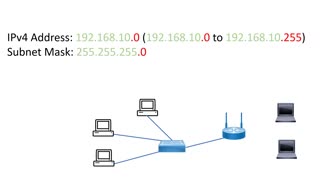 21:17
21:17
TechShortcuts
2 years agoSubnetting Simplified 3 IPv4 Main Concepts
1.27K -
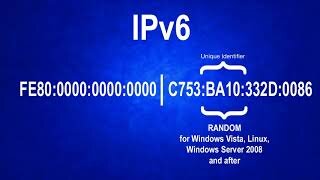 4:32
4:32
Ace Networker
3 years ago $0.01 earnedIPv6 EUI-64 Explained...Simply
47 -
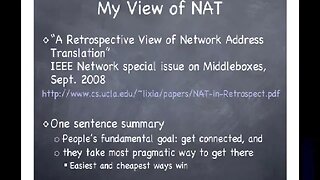 1:05:18
1:05:18
AllHackingCons
9 months agoNetwork Address Translation and IPv4 Address Exhaustion A Mechanism to Transition to IPv6
-
 28:23
28:23
AllHackingCons
8 months agoBuilding an IPv6 Address Management System
-
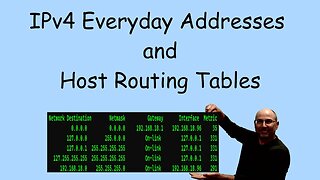 19:05
19:05
BruceHartpenceNetworking
7 months agoEveryday IPv4 Addresses and Host Routing
37 -
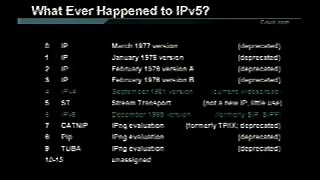 1:41:26
1:41:26
AllHackingCons
11 months agoTutorial IPv6 Basics
-
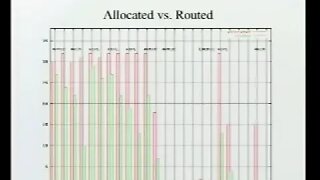 15:40
15:40
AllHackingCons
10 months agoOverview of the Global IPv6 Routing Table
2 -
 8:38
8:38
CWTEK
3 years ago $0.04 earnedSmart IPTV How to Change your Channel list address
541 -
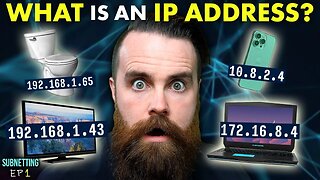 18:44
18:44
Network Chuck Archive Channel
1 year agowhat is an IP Address? // You SUCK at Subnetting // EP 1
54 -
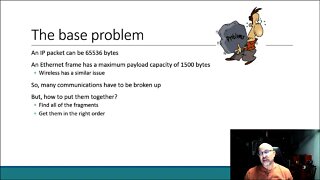 16:01
16:01
BruceHartpenceNetworking
2 years agoIPv4 Fragmentation
31